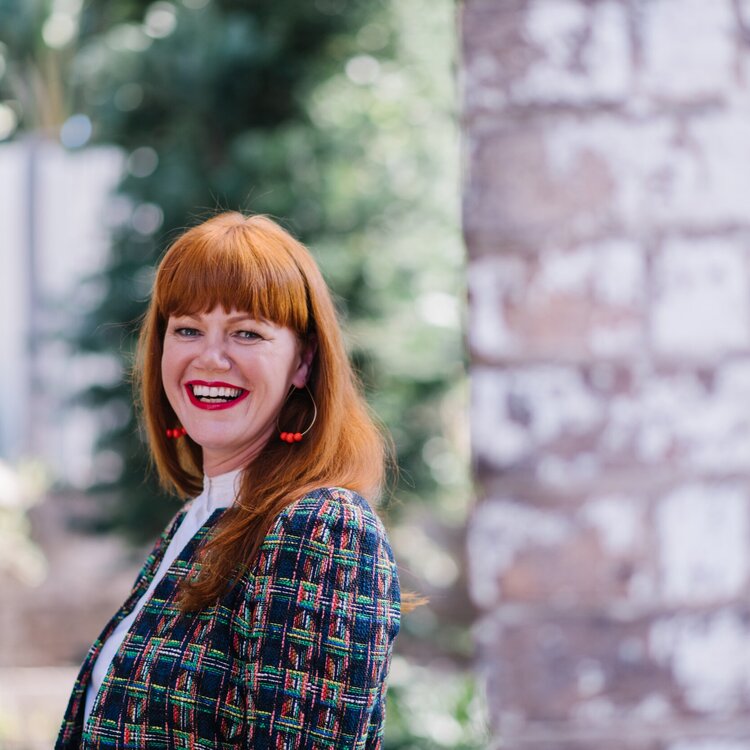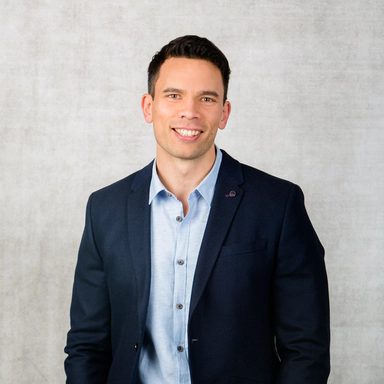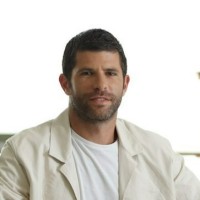Confidence Club helps relieve special needs
By Leon Gettler, Talking Business >>
MOST PEOPLE don’t talk about problems they have with incontinence. They’ll talk about other mental or sexual health issues, but incontinence is just never mentioned.
Which makes Confidence Club such a fascinating service. It’s online and it’s subscriber based. About 40% of Confidence Club’s business comes from subscribers and they make repeat orders.
Confidence Club also works with a lot of government programs like the NDIS and home care packages that don’t support subscriptions.
Extraordinarily, the business revenue has grown 900% since it was set up in 2020.
That’s just in Australia. It doesn’t include the company’s expansion into the United Kingdom (UK).
The incontinence products are not only for adults but also for kids aged between 4 and 15.
One million-plus products sold per year
“We have 60,000 customers who purchase from us in Australia,” Confidence Club co-founder Gavin Bessarabie told Talking Business. “We probably sell about a million pads at the moment. 
“The statistics show there’s over 5 million people in Australia who use incontinence products.”
He said it’s a condition that not only affects older people.
“It very much affects people of all ages and there are lot of different conditions that give rise to using incontinence products, including childbirth, menopause, a myriad of different co-morbidities.”
The interesting part about this is that these products often cannot be found in shops.
Personal service is the key
Mr Bessarabie said most people looking for incontinence products did not get the same level of help in a store, a supermarket or a pharmacy.
“The range is generally quite limited and the product quality is quite varying,” he said.
“It’s very hard to choose one from the other, there’s no standard scale.
“You can find a product but most of our customers tell us that nobody helps them choose a product. You can imagine if you walk into a pharmacy or a supermarket, nobody is going to help you choose the right product for your needs.
“It’s awkward. Certainly you know you’re not going to get help. If you ask, they’ll say ‘Try Aisle 5’. That’s about as much help as you’ll get.
“It’s a difficult product to buy a retail store,” Mr Bessarabie said. “Also, it’s very bulk. So if you’re not driving, and you have to catch a train or a bus, it’s a lot to lug home.
“A lot of our customers tell us they have mobility problems as well as incontinence problems. It’s challenging to buy in retail.”
Fulfilling international need
Confidence Club has now expanded into the UK. It’s an interesting model because the company it has no staff in the UK.
It has a warehouse partner but most of the product comes from Europe, so it’s easier to get there than it is in Australia.
Confidence Club is also planning to expand into France and other parts of Europe.
“If you look at the statistics, they have similar levels of obesity, levels of Alzheimers, levels of diabetes, all these conditions which play into incontinence and also an ageing population as well,” he said.
Mr Bessarabie said the business was built around customer service with 14 of the 20 staff members working in customer service.
“Our customer service people are friends with their customers,” he said.
Hear the complete interview and catch up with other topical business news on Leon Gettler’s Talking Business podcast, released every Friday at www.acast.com/talkingbusiness
ends

 How to resolve AdBlock issue?
How to resolve AdBlock issue? 






